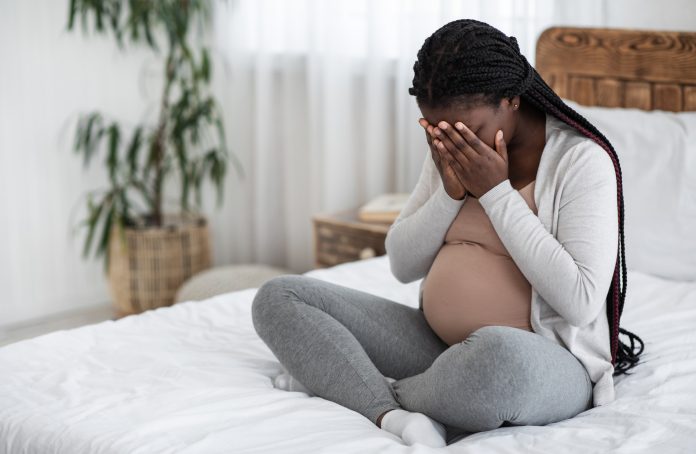Stillbirth rates in Black and South Asian communities are still double those of the rest of the population, despite an overall downward trend across the UK
Ethnic minorities in the UK are often more disadvantaged in healthcare and are more likely to experience poorer health outcomes than their white counterparts – particularly in childbirth.
However, there is still not enough research into ethnic inequalities in stillbirth rates, with minimal knowledge about the differences in the causes of stillbirth between ethnic minorities, Black and South Asian people continue to experience disparities in healthcare.
The UK government aims to cut stillbirth rates by up to 50% but are still taking a significant amount of time to target Black and South Asian households. Research shows that placental issues and birth defects are among the key causes in these groups.
However, the cause still hasn’t been identified in more than half of cases in these households.
Stillbirth rates are higher in the UK than in many other comparable high-income countries
Published in the open access journal BMJ Open, researchers analysed data from the Mothers and Babies: Reducing Risk through Audits and Confidential Enquiries across the UK (MBRRACE-UK) programme between 2014 to 2019.
The overall stillbirth rate fell by 18% from 2966 (3.96/1000 births) in 2014 to 2241 (3.24/1000 births) in 2019, yet there still persisted a vast disparity between white mothers and mothers of other ethnicities.
Collecting information on all live and stillbirths, including ethnicity, for mothers resident in each of the 4 UK countries, MBRRACE-UK categorises ethnicity as: white; Indian; Pakistani; Bangladeshi; other Asian; black Caribbean; black African and other black; mixed ethnicities; and other (to include Chinese).
Living in deprived areas may play a part in maternal issues
Researchers then identified the levels of deprivation by linking the mother’s residential postcode at the time of the birth to local measures showing the proportion of children living in families either in receipt of unemployment benefits or tax credits, and with a reported household income less than 60% of the national average.
They also linked maternal age – which could be potentially another factor – into 5 year age bands from under 20 to more than 40.
From this they found that between January 2014 and December 2019, 4,391,569 singleton babies at or above 24 weeks were born to mothers who were resident in the UK. Of these, 16,013 ended in stillbirth, giving a rate of 3.65/1000 births: 14,633 occurred before birth (3.33/1000) and 1380 during birth (0.31/1000).
Social and financial disadvantage was associated with higher stillbirth rates: 4.80/1000 births for the most deprived areas compared with 2.70 for the least deprived – and age at birth was also linked to higher rates of stillbirths: with 4.81/1000 births for mums under 20 and 5.42 for those aged 40 and above.
Information about ethnicity was available for most births: 76% were classified as white: 10% Asian (including Indian, Pakistani, Bangladeshi and other Asian groups); 5% Black (including Black Caribbean, Black African and other Black groups); 6% mixed; and 3% other ethnicities.
However, after adjusting for differences in maternal age and deprivation, Black African and Black Caribbean mothers experienced an added 4 stillbirths per 1000 births compared with white mothers – where there were an additional 3 stillbirths per 1000 births for Pakistani mothers.
More deprived areas associated with an additional risk of 1.5 stillbirths in every 1000 births
Higher proportions of babies of Bangladeshi (42%), Black African (39%), other Black (39%) and Black Caribbean (37%) ethnicities were born to mothers living in the most deprived areas – compared with 18% of white babies. Ethnic minorities appear to be born into a struggle for healthcare equality.
The cause of this disparity was unknown in over 40% of cases across the UK population, however, the results displayed this disparity even more for babies of other Asian (60%), Bangladeshi (58%), and Indian (52%) ethnicities.
The researchers could not rule out the possible risk factors which weren’t universally accounted for, such as the misclassification of ethnicity in healthcare documents.
However, the study used high quality population data over a 6-year period, with a complete documentation of stillbirths from 24 weeks of pregnancy, including terminations, which still provides more data on the issue of stillbirths than many other countries have done so far.
They conclude: “Improved strategies for investigation of stillbirth causes are needed to reduce unexplained deaths so that interventions can be targeted to reduce stillbirths.”

CC: British Journal of Midwifery











